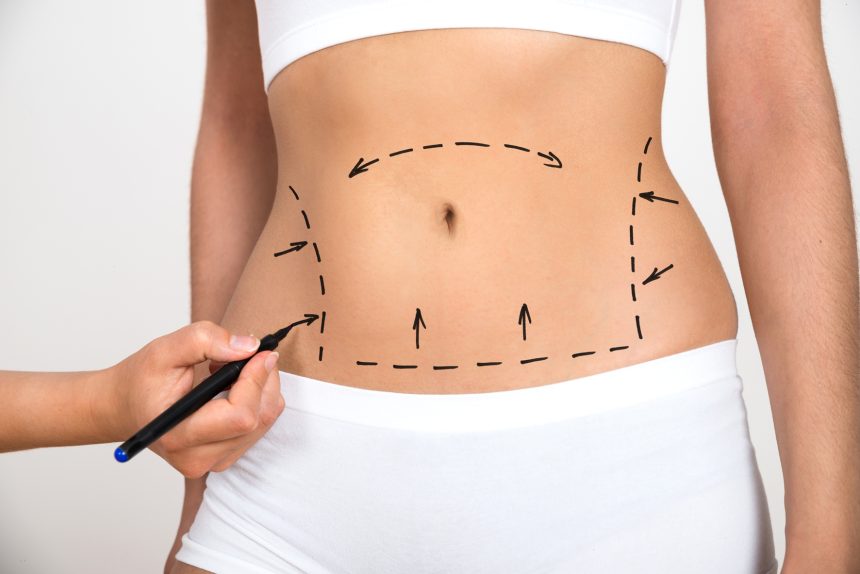Liposuction is one of the most popular cosmetic surgical procedures performed in the U.S. and across the world, along with breast implants. There are still many misunderstandings about the procedure. Here are ten of the most common liposuction misconceptions we often hear as plastic surgeons, and the actual facts about the procedure.
Liposuction helps lose weight
The actual fact is most liposuction patients lose only about 2-5 pounds in total. The best candidates for the procedure are those who are within 30% of a healthy weight range and want to reduce localized fat pockets.
Liposuction treats cellulite
Cellulite is a condition that happens when subcutaneous fat pushes the connective tissue beneath the skin and causes those characteristic bumps and dimples. In fact, it’s not an irregular pocket of fat. Since liposuction can only remove soft fatty tissue, the fibrous connecting bands that cause cellulite aren’t altered.
Liposuction isn’t for older adults
Any patient with good health and a positive medical examination is a good candidate for liposuction. But the lack of elasticity and firmness in older skin may compromise the older patient’s skin’s ability to re-drape over the newly slimmed contours. In fact, poor skin quality is the main contraindication of liposuction.
Liposuction is dangerous
While every surgical procedure has an element of risk, liposuction surgery has become increasingly sophisticated today. When an experienced board-certified surgeon performs the operation and the patient follows all necessary postsurgical instructions, liposuction with tummy tuck can be successful and safe like any other surgical procedure.
Liposuction fixes lax skin
The appearance of a heavy tummy or double chin involves some degree of sagging skin due to reduced elasticity and excess fat. Your surgeon may recommend a skin tightening procedure instead of liposuction or in conjunction with the procedure. In fact, liposuction alone under such circumstances may result in a deflated appearance.
The fat deposits that were removed will return after some time
No. Liposuction is permanent and the fat cells removed during the procedure won’t grow back. But there will be some remaining fat cells that can grow in size and expand the area if the patient;’s calorie intake is excessive. The best way to prevent such an occurrence is to maintain a healthy diet and exercise program after the procedure.
Liposuction is the “easy way out”
Liposuction isn’t a weight loss method as mentioned earlier. In fact, the patient should commit to a healthy lifestyle after the procedure in order to maintain ideal post-surgical results. Liposuction or any other body contouring method is targeted to streamline & contour localized areas in the body. It’s best for someone who is within a healthy weight range.
You can get back to your routine right after liposuction
Liposuction is relatively safe and performed on an outpatient basis. But as with every other surgical procedure, liposuction also entails a recovery period. The common after-effects of the procedure include bruising, swelling, as well as soreness at and around the treatment area. The healing time may vary from patient to patient, and one should plan to take at least a week off work to recover. But you should rest for at least 3-5 weeks before resuming strenuous activities or exercises according to OFS.
Liposuction is only for women
As per ASPS statistics, liposuction is one of the top 5 most popular cosmetic surgeries received by men in the U.S. over the past couple of years. Common areas of liposuction treatment include the abdomen, chest, and love handles.
Liposuction is the most effective procedure for belly fat
The procedure targets only subcutaneous fat or the fat located above the muscle and below the skin. Abdomen fat is known as visceral or intra-abdominal fat (an abdomen that juts out due to fat around internal organs and under the muscle). This type of fat won’t be improved with liposuction. In fact, proper diet and exercise are the most effective methods of combating visceral or abdomen fat.















